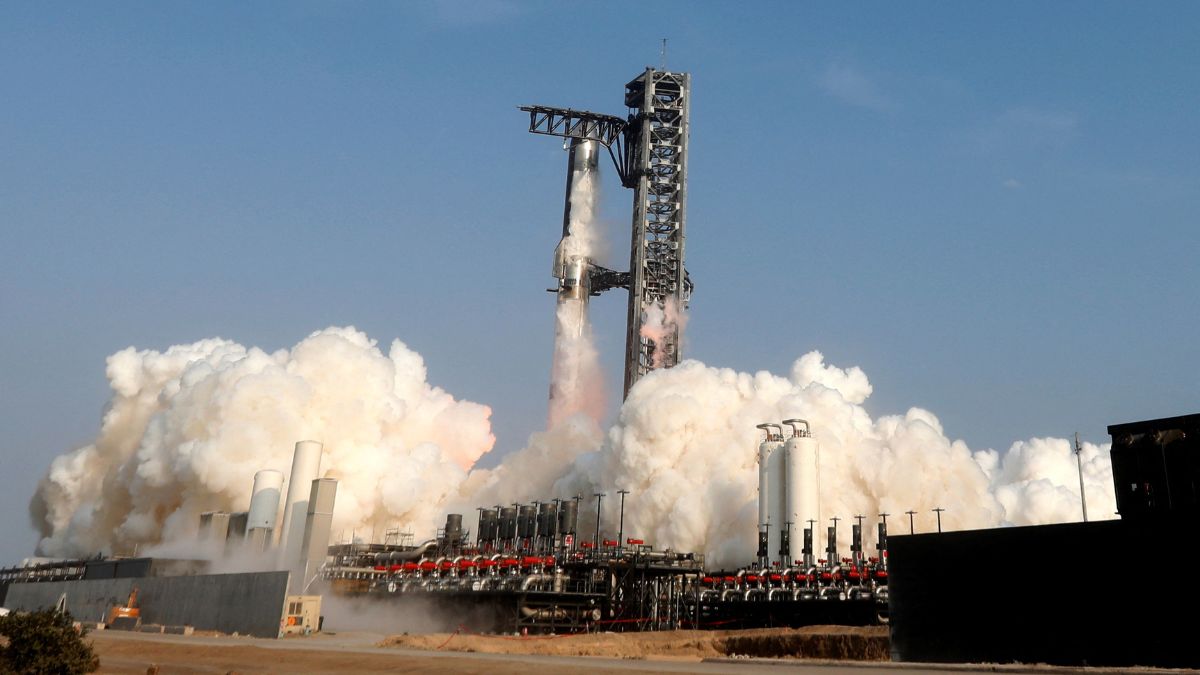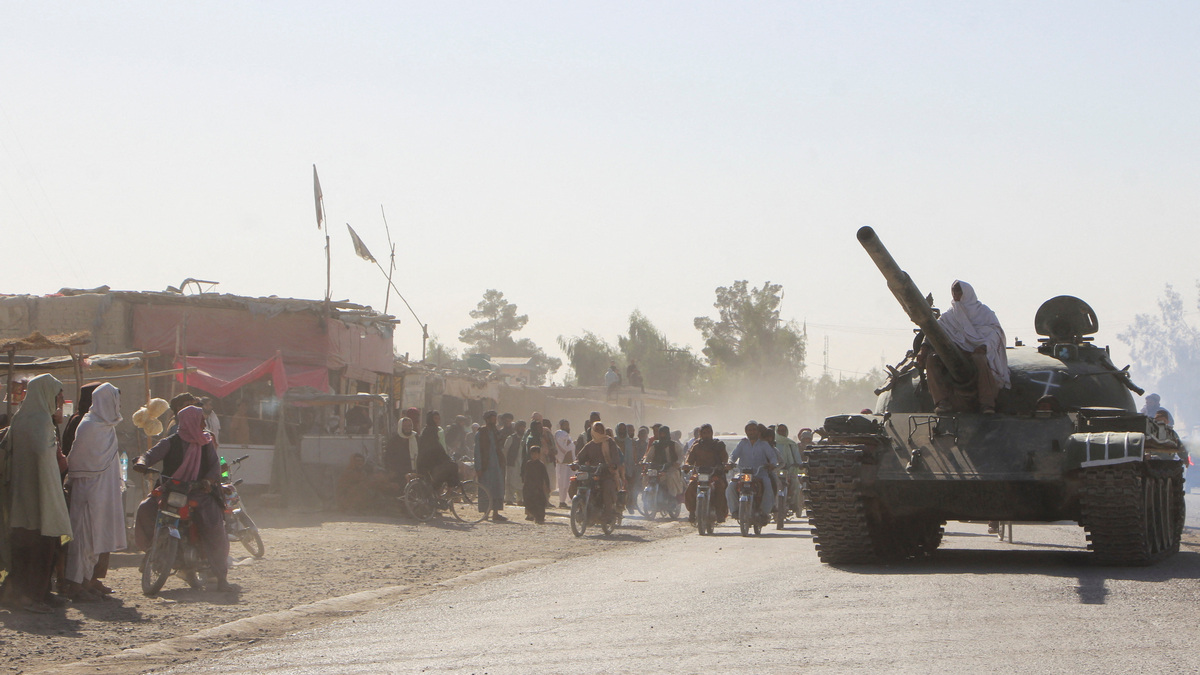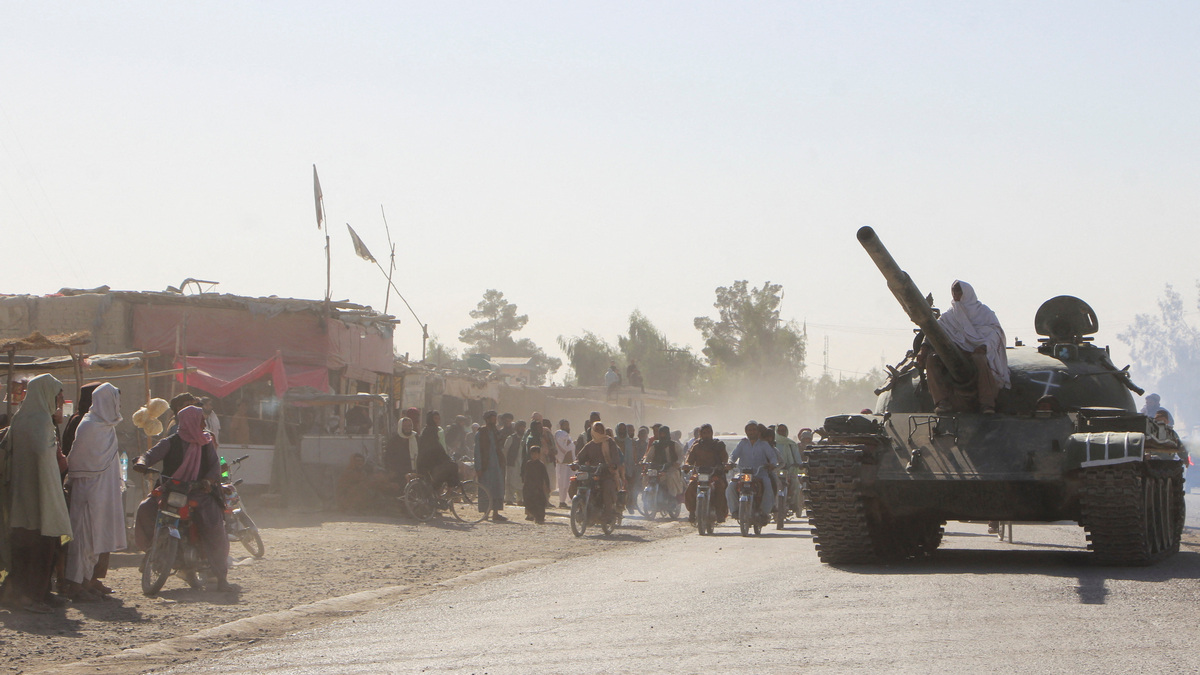Elon Musk has put thousands of satellites into space.
Musk’s SpaceX, which owns satellite Internet firm Starlink, is said to control the vast majority of the satellites orbiting Earth – around 8,000 in all. The world’s richest man has also said he wants to put thousands more satellites into space every year.
But, as the old adage goes, what goes up must come down. Now, old satellites put up by Musk and SpaceX are falling to Earth on a regular basis.
But what do we know? And why does this matter?
Let’s take a closer look.
What do we know?
Smithsonian astrophysicist Jonathan McDowell has raised a red flag. McDowell, a veteran of tracking objects in space, has said that up to four satellites owned by SpaceX are falling to Earth every day. McDowell has said one or two SpaceX satellites are coming down on average every day.
Worse, McDowell estimated that these numbers are only set to increase. Not only is SpaceX continuing to send satellites up every day, Musk’s rivals like Jeff Bezos with his Kuiper network are trying to get in on the action. Bezos is planning to put around 30,000 satellites of his own into the atmosphere. Not to mention the Chinese, who want to put 20,000 of their own satellites.
There are currently an estimated 20,000 objects in LEO, of which 12,000 are active satellites. SpaceX alone has launched 2,500 satellites into LEO this year and Amazon has launched another 3,200. Now, imagine how fast numbers will grow once all these companies and their competitors keep launching their own satellites.
Thankfully, these Starlink satellites – which are in Low Earth Orbit (LEO) and are designed to last five years – burn up on re-entry in our atmosphere. This means there’s no real chance of them falling on someone and injuring or killing them as of now.
But McDowell has said this could increase to as many as five satellites per day. And our luck may not last. “So several times a year we’re taking these potshots at people on the Earth and fortunately so far missing. So far we’ve been very lucky, but it won’t last,” McDowell told EarthSky.
But there are some big problems with LEO getting crowded with ‘space junk’. A 2023 report from the Federal Aviation Administration (FAA) had warned that 28,000 fragments from Starlink satellites could potentially survive re-entry every year by 2035. This would take the odds of someone dying by space debris from negligible to as high as a massive 61 percent. But that’s not even the worst of it.
The bigger problems
The first potentially massive issue is the potential effect these satellites could have as they burn up in our upper atmosphere. Experts say they could release fine particles of aluminium oxide while doing so. This could impact our ozone layer – which reflects sunlight and protects the Earth from the harshest of the Sun’s rays – in ways we can’t yet imagine.
Indeed, one study has already said that this could inflict massive damage on our ozone layer.
Experts say more research is necessary.
“It’s not clear yet really, even in the age of the mega constellations, [whether] these effects are going to be big enough to be really problematic, but it’s not clear that they won’t,” McDowell said.
“That research is underway right now, and if it comes back that we’re already doing damage to the atmosphere in this way, we’re going to have to rethink some of our disposal strategies.”
The other big problem is that something could go wrong in LEO. If things get far too crowded up there, the Kessler Syndrome could occur. Here, a collision between a few satellites could spark a chain reaction that leaves the entire atmosphere scattered with debris. This would impact our astronomy as well as leave parts of space out of reach of humans.
With inputs from agencies


)

)
)
)
)
)
)
)
)



